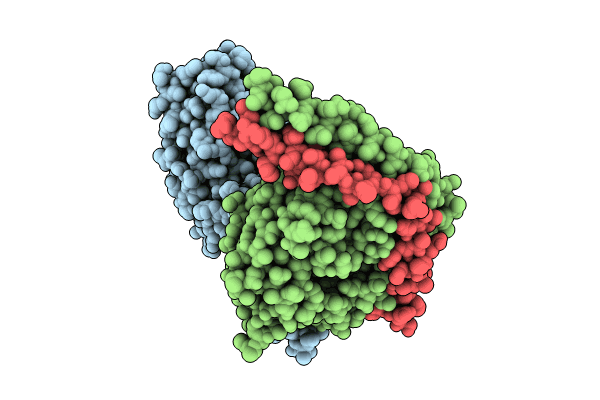
Deposition Date
2024-04-29
Release Date
2024-05-22
Last Version Date
2024-10-16
Entry Detail
PDB ID:
9BKK
Keywords:
Title:
Cholecystokinin 1 receptor (CCK1R) sterol 7M mutant, Gq chimera (mGsqi) complex
Biological Source:
Source Organism:
Homo sapiens (Taxon ID: 9606)
Host Organism:
Method Details:
Experimental Method:
Resolution:
2.51 Å
Aggregation State:
PARTICLE
Reconstruction Method:
SINGLE PARTICLE


